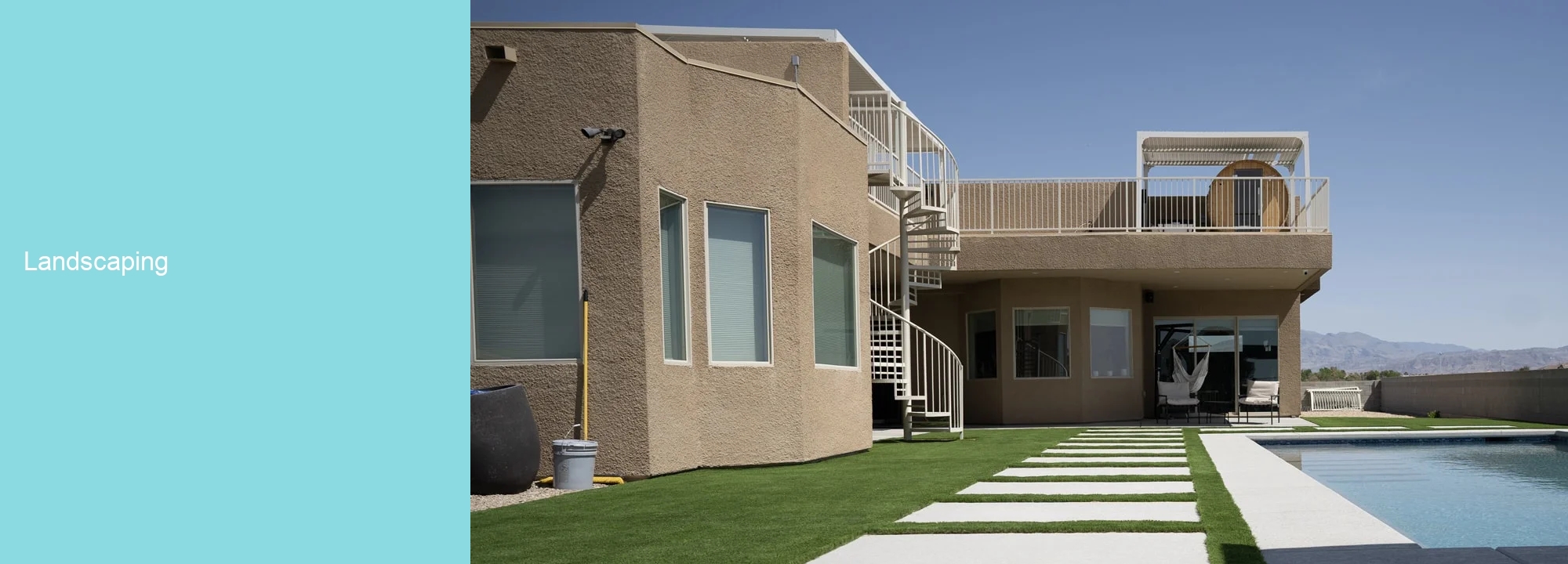

Las Vegas, located in the Mojave Desert, experiences a hot desert climate with long, scorching summers and short, mild winters. This environment calls for plants that can endure intense heat and survive with minimal water. Succulent plants like Agave and Yucca thrive in these conditions due to their ability to store water. They are perfect for creating a drought-tolerant landscape while adding an aesthetic appeal.
Using native plants not only maintains the natural beauty of Las Vegas but also promotes biodiversity. The brittlebush, creosote bush, and Joshua tree are all indigenous to this area. These hardy plants have evolved over thousands of years to adapt to the extreme weather conditions and poor soil quality found in Las Vegas.
Contrary to popular belief, various fruit trees can flourish in Las Vegas's warm climate as well. Fig trees, pomegranate trees, and date palms are some examples that yield fruits while providing shade at the same time. With proper care and irrigation techniques such as drip irrigation or deep watering methods, these fruit-bearing trees can be a bountiful addition to any Las Vegas landscape.
The first step to conserve water in Las Vegas landscaping is choosing native and drought-tolerant plants. These species have adapted to survive in arid conditions, therefore, require less water than foreign species. Consider cacti, succulents, and other desert flora that thrive naturally in Las Vegas's dry climate.
Another crucial tip for water conservation is installing an efficient irrigation system. Drip irrigation or soaker hoses are excellent choices as they deliver water directly to the root of the plant, reducing evaporation and runoff. Moreover, it's important to schedule watering during cooler parts of the day - early morning or late evening - when less water will evaporate.
Finally, using mulch and ground covers can significantly reduce soil evaporation while also preventing weed growth. Mulches such as wood chips or gravel not only add aesthetic value but also keep the soil cool by shielding it from the sun's harsh rays. Similarly, ground covers like creeping thyme or stonecrop form a protective layer over soil and require minimal watering once established.
A successful Las Vegas landscape design must adapt to its arid environment. This includes selecting drought-tolerant plants that can thrive in the desert climate. Native species are often the best choice as they have evolved to survive in the area's specific conditions and contribute to local biodiversity. Examples include Red Yucca, Blue Agave, and Desert Marigold. Incorporating these types of vegetation not only ensures a thriving garden but also reduces water usage – an essential consideration in Las Vegas.
Hardscaping is another crucial aspect of desert landscaping. By integrating non-living elements such as rocks, boulders, pavers, or decomposed granite paths, you can create contrast and add visual interest while reducing water demand further. These elements can be used to mimic natural desert landscapes or create a modern aesthetic depending on your preference. You could also consider adding structures like pergolas or gazebos for shade.
Finally, although water conservation is vital in a desert landscape, it doesn't mean you can't incorporate water features into your design. A small pond or fountain can bring a sense of tranquility while enhancing the overall appeal of your space. Opt for recirculating systems that minimize water waste while delivering maximum impact visually. Water features also help cool down nearby areas and provide habitat for wildlife, further enhancing your backyard oasis in Las Vegas' dry terrain.
Watering Schedules In the arid climate of Las Vegas, maintaining a consistent watering schedule is key to keeping your landscape thriving. This typically involves early morning or late evening irrigation to prevent water evaporation during peak sunlight hours. The amount and frequency of watering may vary depending on the type of plants in your landscape and the time of year.
Mulching Mulching not only enhances the visual appeal of your Las Vegas landscaping but also helps in retaining soil moisture, controlling weeds, and regulating soil temperature. Organic mulches such as wood chips or compost can even improve soil fertility as they decompose over time.
Appropriate Plant Selection Choosing appropriate plants for your landscaping project can make maintenance much easier. Native plants that are adapted to Las Vegas's desert climate will require less water and care than non-native species. Consider desert perennials, cacti, and succulents which thrive under hot conditions.
Regular Pruning Regular pruning helps maintain the size and shape of your garden plants while encouraging them to grow denser foliage. It also allows you to remove dead or diseased branches before they can harm the rest of the plant. Remember to always prune during a plant's dormant season to minimize stress.
The primary considerations for landscaping in Las Vegas include the local climate, environmental conservation, and water use restrictions. Choosing plants that can thrive in the desert heat with minimal water is a priority. Additionally, creating shade and utilizing materials that reflect rather than absorb heat can help to manage temperatures.
In keeping with the arid conditions of Las Vegas, drought-tolerant plants are commonly used in landscaping. These include succulents like Agave and Yucca, native wildflowers such as Desert Marigold and Mojave Aster, and trees like Mesquite and Palo Verde.
Maintaining a landscape under Las Vegas weather conditions requires regular watering during cooler parts of the day (to minimize evaporation), frequent checking for signs of sunburn or dehydration on plants, using mulch to retain soil moisture, and choosing hardy plants that can withstand the intense summer heat.